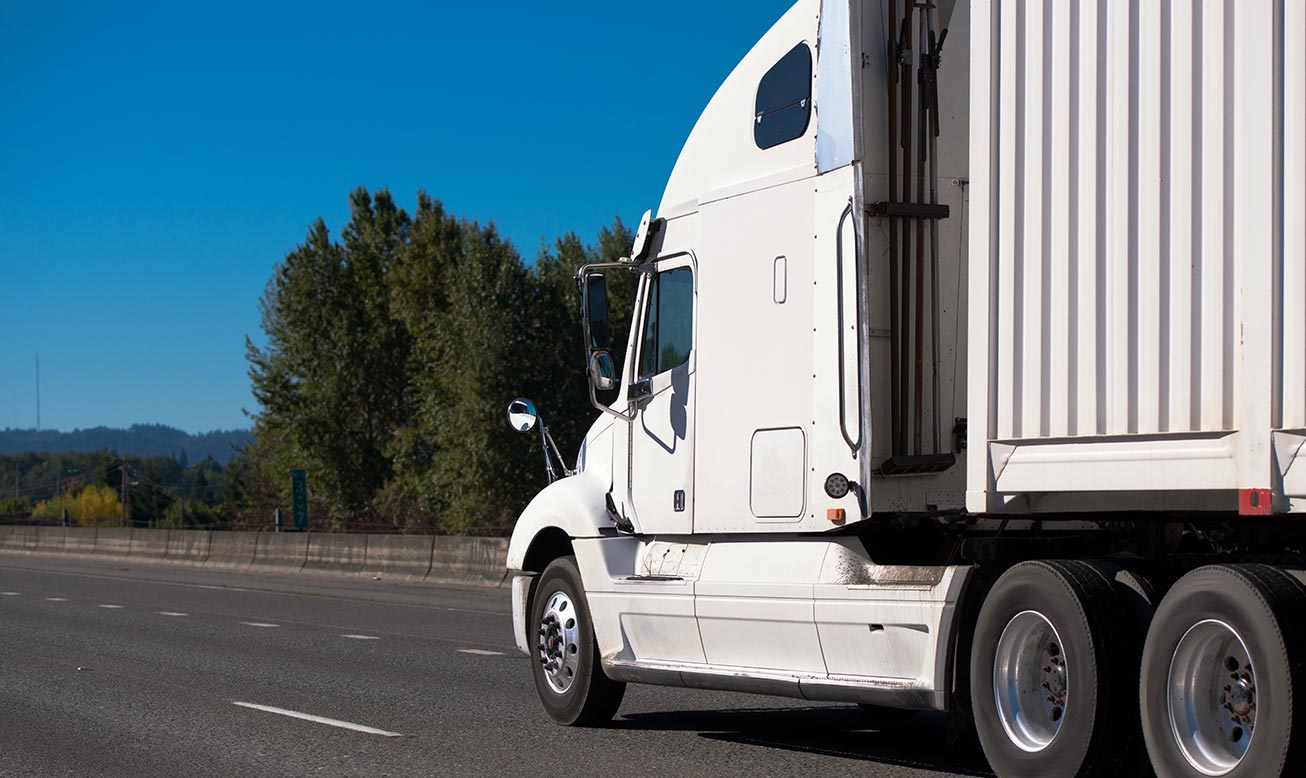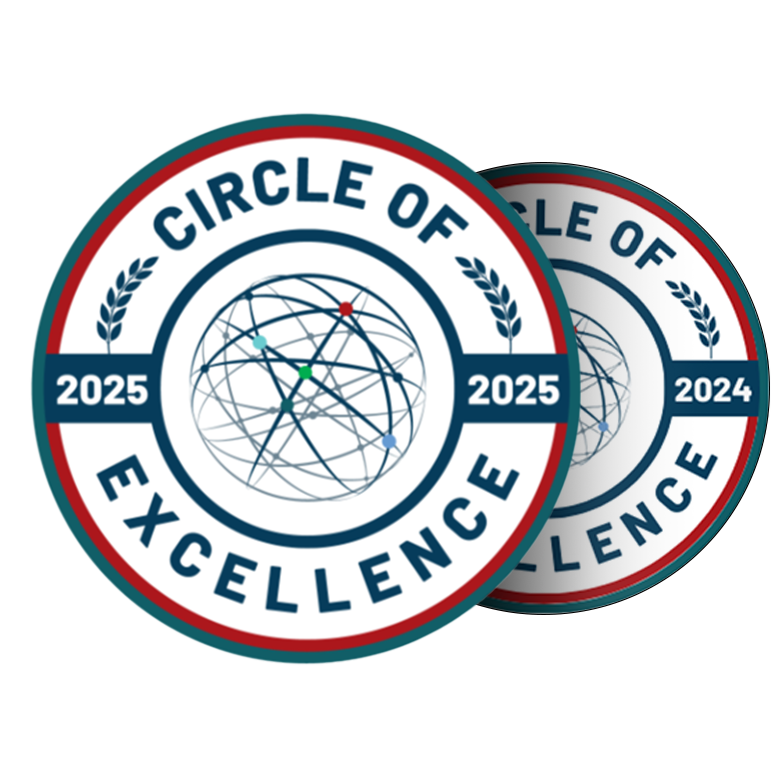April 9, 2024
The Blossoming B2B e-Commerce Trend
In this post-pandemic world, where we all learned to love the perks of working, shopping, and having fun from the comfort of our own places, the spotlight often shines brightly on B2C (business-to-consumer) transactions. However, there exists a quiet but skyrocketing force: B2B eCommerce.
Today is an age where businesses trade goods and services amongst themselves, transiting a virtual marketplace that is increasingly defining the modern economy. While its prominence may not pile up the same chatter as its B2C counterpart, the B2B eCommerce sector is, in fact, a veritable powerhouse, displaying statistics that underscore its remarkable growth trajectory and potential.
What Exactly Is B2B eCommerce, and How Does It Operate Within the Digital Domain?
At its core, B2B eCommerce encompasses the digital exchange of products or services between businesses through online platforms. These platforms serve as virtual marketplaces where B2B buyers can look through, interact with, and purchase goods or services, streamlining the procurement process and optimizing efficiency.
Different Strokes for Different Folks
Various models and approaches emerge within the B2B eCommerce industry, each catering to unique business needs and dynamics.
Supplier-centric paradigm – Multiple suppliers compete for buyer attention on a single platform. It is worth noting that, in this model, the suppliers control the process.
Buyer-oriented model – Buyers dictate their requirements and invite offers from sellers, whether using their own platform or through third-party’s, for a certain fee.
Wholesale B2B eCommerce – A familiar concept to many, it involves bulk purchasing goods from wholesalers at discounted rates, a practice facilitated seamlessly through eCommerce platforms.
Intermediary-hosted B2B eCommerce – Third-party platforms play a matchmaker role between buyers and sellers, imposing guidelines and fees.

A Blossoming Trend
As of recent years, the B2B eCommerce market has been on an exhilarating ascent, with its value surpassing that of B2C by a staggering factor. The numbers speak volumes: from a range of USD 2.3 billion in 2019 to a colossal USD 7.35 trillion last year, the market size of B2B eCommerce commands attention. Projections indicate a Compound Annual Growth Rate (CAGR) that promises continued expansion, with estimates varying from 17% to 29%.
What fuels this remarkable growth? Among the driving forces is the rapid emergence of manufacturers in the digital commerce arena. In 2023 alone, manufacturers witnessed a noteworthy surge in online sales, elevating their revenue by an outstanding 18.4% to reach a formidable $543.25 billion. Such figures highlight a fundamental shift in how businesses engage with commerce, embracing digital platforms as integral components of their sales strategies.
Yet, the momentum continues. Projections paint a picture of optimism, with nearly 20% of B2B sellers anticipating a substantial uptick in eCommerce sales by at least 25% come 2023. This fervent expectation underscores the growing recognition of B2B eCommerce not merely as a convenience but as a strategic imperative for businesses going head-to-head to gain a competitive advantage in an increasingly digital-centric marketplace.
Key Trends to Understand the Evolution of B2B eCommerce
- 1The increasing prevalence of machine-to-machine commerce
- 2Significant growth in eCommerce marketplaces
- 3Increased speed to market for new products
- 4The ability to track and identify the entire chain of sourcing, production, and movement of any product at any stage
As technological advancements progress, businesses integrate various tools such as the Internet of Things (IoT), cloud computing, artificial intelligence (AI), and smart devices into their operations. With the increasing use and acceptance of these technologies, machines are expected to be allowed to make decisions and transactions with greater independence. This shift will be particularly relevant in repetitive and standardized activities, such as restocking supplies for a medical practice or a high school kitchen. Many businesses already use software applications to automatically identify when inventory is low and send messages to other applications requesting stock to be replenished.

Traceability and the Increasing Role of Freight Deliveries
With autonomous deliveries and other futuristic forms of transportation still in early development, the more we can do to involve the client in the supply chain process is to have complete visibility. The role of traceability in B2B commerce development is set to become increasingly significant in the near future and beyond. Traceability refers to tracking a product’s information from the procurement of raw materials to production through the distribution channel.
Businesses that fail to choose a 3PL partner that aligns their product sourcing and business practices with their clients’ values face potential damage to their reputation. Therefore, visibility will become a critical factor in ensuring that companies are able to move their goods from source to destination efficiently. Moreover, B2B buyers are increasingly aligned with the principles of traceability and are more likely to work for companies that share their views on the matter. As a result, buyers are eager to demand “ethical goods” from their suppliers.
As businesses try to succeed, the importance of embracing key technologies cannot be overstated. Whether leveraging data analytics to optimize supply chain efficiency or harnessing AI-driven solutions to personalize the customer experience, the integration of technology lies at the heart of B2B eCommerce success.
At Last Mile Logistics, we are keen to work alongside our partners in this transactional paradigm shift. Moreover, we are fundamentally transforming how businesses operate and interact within the digital ecosystem. The journey towards realizing the full potential of B2B eCommerce is filled with promise and potential. So please call us so we can discuss your transportation needs.

